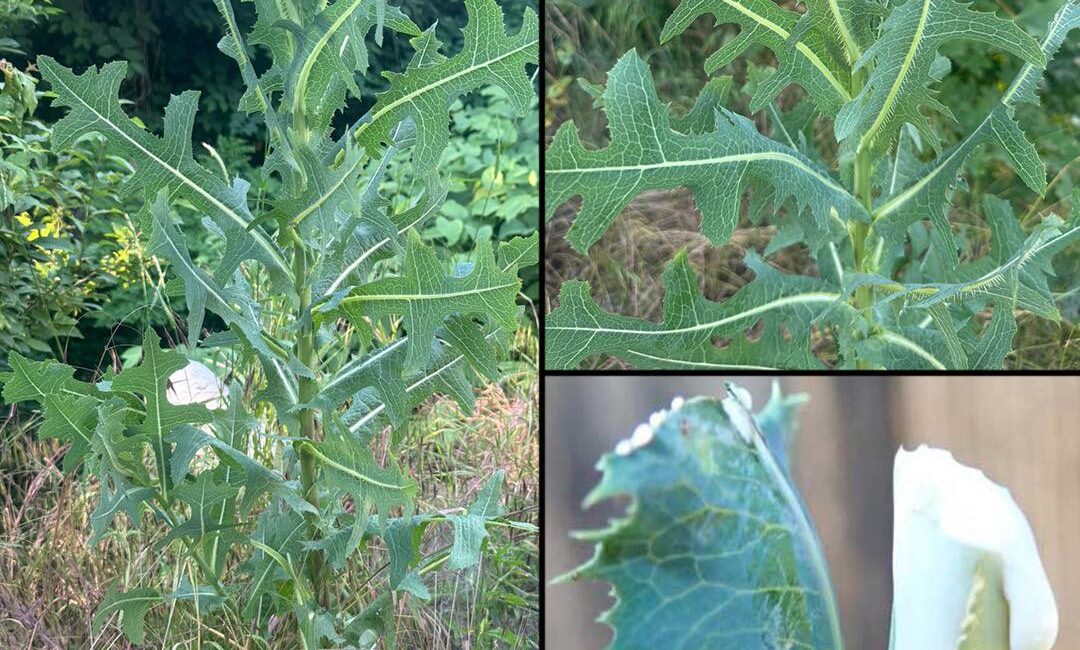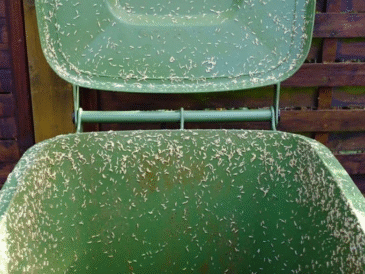Wild lettuce (Lactuca virosa), often overlooked as a common weed, harbors a secret more precious than many realize. The plant, found abundantly along roadsides, fields, and disturbed soils, produces a milky white sap called lactucarium — a substance historically valued as a natural analgesic and mild sedative. Though lacking the addictive opiates found in poppy plants, wild lettuce sap has been used for centuries to alleviate pain, promote relaxation, and support restful sleep.
In this comprehensive guide, you will discover the fascinating history, step-by-step techniques for harvesting wild lettuce sap, its powerful therapeutic properties, practical methods of use, and important safety considerations. Whether you are a herbal enthusiast, a natural health seeker, or simply curious about this extraordinary plant, this article will serve as your ultimate resource.
What is Wild Lettuce (Lactuca virosa)?
Before delving into the sap itself, it’s important to understand the plant that produces it. Wild lettuce, scientifically known as Lactuca virosa, is a biennial herb native to Europe but naturalized in many regions worldwide. It belongs to the Asteraceae family and is a close relative of cultivated lettuce, but it is much taller and has distinctly spiny leaves.
Identification Features:
- Height: Can grow up to 6 feet (about 2 meters) tall.
- Leaves: Lance-shaped, spiny edges, blue-green coloration, and often prickly to the touch.
- Stem: Hollow, thick, and exudes a milky white sap when broken.
- Flowers: Small yellow florets clustered at the top during the blooming season.
- Habitat: Prefers sunny, disturbed soils such as roadsides, fields, and riverbanks.
The Magical Milky Sap: Lactucarium
The milky white latex inside wild lettuce is known as lactucarium. This resinous substance oozes from cuts in the stem or leaves and gradually hardens into a brownish gum-like resin when exposed to air.
Historically, lactucarium was prized as a natural alternative to opium and has earned the nickname “opium lettuce” due to its sedative and analgesic effects. Despite its name, wild lettuce contains no morphine or codeine but contains compounds that act on the nervous system in ways that provide pain relief and relaxation.
How to Identify and Harvest Wild Lettuce Sap
Harvesting wild lettuce sap is a delicate process requiring careful plant identification and patient extraction to maximize yield and potency.
Step 1: Identifying the Right Plant
Accurate identification is critical to avoid toxic lookalikes or immature plants with less potent sap.
- Search for tall plants (4-6 feet) with bluish-green leaves and spiny margins.
- Break a stem gently to confirm the presence of milky white sap.
- Avoid plants with no sap or a different coloration.
Step 2: Harvesting the Sap
- Choose mature plants: Older, more developed plants yield more sap.
- Cut near the base: Using a clean, sharp knife, slice the main stem close to the root to induce maximum sap flow.
- Collect the sap: As the white latex oozes out, gather it immediately with a spoon or carefully scrape it onto a clean glass surface.
- Repeat cuts: Make successive incisions higher on the stem and branches to collect additional sap.
- Drying: Allow the collected sap to dry in a clean, dust-free environment to form a sticky, brownish resin.
- Storage: Place the dried resin in airtight containers away from moisture, light, and heat for preservation.
The Science Behind Wild Lettuce Sap: Key Compounds and Effects
Modern phytochemical analysis reveals that wild lettuce contains several bioactive compounds contributing to its therapeutic potential.
Major Active Constituents
- Lactucin and Lactucopicrin: These sesquiterpene lactones are responsible for the sedative and analgesic effects by modulating neurotransmitter activity.
- Flavonoids and Phenolics: Antioxidants that support cellular health and reduce inflammation.
- Other Alkaloids: Mild relaxants impacting central nervous system function.
Effects on the Body
- Pain Relief: By interacting with pain pathways, lactucarium can alleviate headaches, muscle aches, and minor pains.
- Mild Sedation: Acts as a natural relaxant, calming nerves without heavy intoxication.
- Cough Suppression: Traditionally used to reduce persistent cough and irritation in the respiratory tract.
- Anxiety Reduction: Its calming properties help reduce stress and nervousness.
- Sleep Aid: Can promote restful sleep through mild sedative action.
Traditional and Modern Uses of Wild Lettuce Sap
Pain Management
People have long sought natural analgesics to avoid the side effects and dependency risks of pharmaceutical opioids. Wild lettuce sap offers a natural alternative for:
- Headaches and Migraines: Reducing the intensity of pain.
- Muscle and Joint Pain: Useful for mild arthritis or muscle soreness.
- Menstrual Cramps: Relieving discomfort related to menstruation.
Click page 2 for more




